10+ Photography Catalog Examples to Download
Manufacturing companies are always thinking of newer, crazier, more attracting methods of projecting their products in ways that will make them look twice more appealing in the eyes of consumers. Of course, the only right way to do this is to present your product effectively to people. This knowledge has given birth to countless advertisements, each one more amusing and seductive than the last, and marketing tools and techniques designed to convince the public that not buying the product would be unwise. You may also see business catalog examples.
However, we can’t simply announce the existence of our brand’s new line of shoes, or our beauty salon’s great Wednesday deals for hair and makeup. We need to make sure that each word rings loud and clear in the eyes and ears of the public so that they cannot rest until they get their hands on the very same product you’ve been babbling about. You may also see portfolio catalog designs.
Classy Photography Catalog Sample
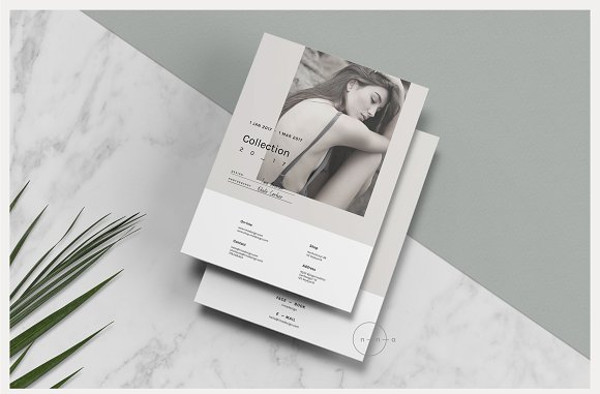
Elegant Photography Portfolio Catalog Sample

Rose Gold Fashionable Catalog
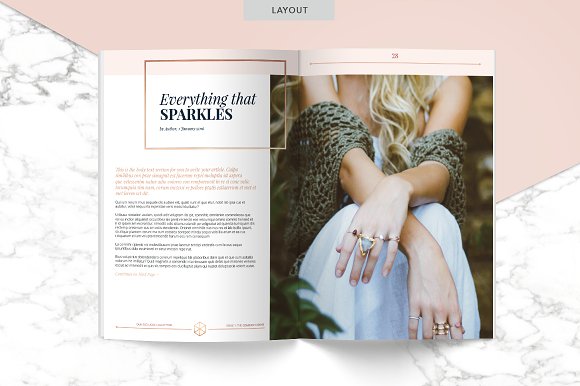
One of the most effective means of doing this is by introducing your product through another medium, one that can be manipulated to help you achieve the ends you are aiming for which, in this case, is high revenue and doubled sales. Using photography catalogs to showcase your products and items for sale is just another form of advertising.
The primary focus of this is to increase the attractiveness of the products you are displaying so that your potential customers, and even those who just happen to see it, will find it more fascinating, thus increasing their desire to purchase the item even if they didn’t intend to do so in the first place. You may also see interior design catalog examples.
The product being presented in a picture will also give a clear visual of what the product is like, and this clarity can only be achieved if a great deal of the product’s details are being focused on, a feat that can be easily achieved through the lens of a good camera. You may also see recipe cookbook catalog examples.
Photography Catalogs
Photography catalogs are the medium used when one is trying to produce product images for use. Despite the emergence of many online and virtual marketing tools, they are still a highly popular medium. You might be inclined to think that online shopping is the new star nowadays, that no one wants to go back to the olden days where a catalog is still considered useful. But, in actuality, catalog-reading is not a dead activity. Here are some pretty interesting facts to help you conclude that catalogs are indeed alive:
1. In 2013, 11.9 billion catalogs were mailed according to the Direct Marketing Association. 11.9 billion! For something that is supposedly dead, that is a large number of avid readers.
2. With the combined results of catalogs and online channels, businesses generate more sales and also gain higher customer retention. So you can say goodbye to your myth about the Internet being the only effective marketing tool in today’s generation because old-school is still apparently capable of doing its job. You may also see interior design portfolio examples.
3. Businesses are getting smart in how they send their catalogs, which means that they becoming more and more innovative, trying out new things that will keep their sales up the roof like its supposed to be.
4. Some businesses who abandoned their catalog channels many years ago are now trying to bring it back. For example, about five years ago, J.C. Penney’s stopped releasing its Big Book for cost cutting reasons, but it has recently announce that it is going to be publishing a new home products catalog. You may also see wholesale catalog examples.
5. Businesses are waking up to the truth that catalogs provide a great opportunity to tell a more detailed brand and product story in comparison to doing the explaining and presenting online. After all, nothing says it better than paper.
6. The storytelling capabilities of catalogs teamed up with online technologies for displaying images will help the business earn higher sales. You may also see construction company catalog examples.
Two Main Approaches Using Catalogs
Catalog marketing can be used through a variety of approaches depending on which one your business will take. Although there are many ways to market your products with the use of photography catalogs, there are only two main approaches:
Approach #1: Catalogs that focus on products.
This catalog approach doesn’t make you worry about creating an emotional connection with the readers, nor does it need you to reach a specific brand level through your storytelling or elaborate product narratives. It simply displays the products you want to present in print, the way online shops do. Your products will be divided into categories where they will be displayed with brief descriptions, product images, and prices. The catalog and your product website usually look a lot alike. The main goal of this type of catalog is to get consumers to place their order over the phone or online. You may also see restaurant catalog examples.
Approach #2: Catalogs that focus on brand and product storytelling.
This catalog approach is focused on telling your product stories while reinforcing your brand in the minds of your readers. Each product category will include a section with product narratives, descriptions, and images. Each section also often show a subset of the total products in the category.
These type of catalogs have two main goals: (1) to get readers to go from the catalog to online for further product research, comparison, and eventually purchase, and (2) to build the brand image, retain the customers, and generate repeat purchases. In comparison to the other, this catalog’s aim is much more complicated and more long-term beneficial. It doesn’t only want to make its customers want to buy the product, it aims for them to understand the product and to be intrigued by it. Because this approach to catalog marketing is strongly focused on branding and storytelling, some of the product images used on it may not be as effective when utilized online. You may also see fashion catalog examples.
Stylish B&W Photography Catalog

Modern Photography Catalog Example

Minimal Photography Catalog Design

Differences between Catalog and Online Photography
Since there is an ongoing debate about the one being more important than the other, let us list all the differences between these two unique yet similar tools and decide ourselves which one is truly most effective.
Photography Catalogs
- Use of sets. Sets are often used to tell the brand and the product story.
- Use of lifestyle images. Lifestyle images are commonly used to show products in action or in various scenes and environments.
- Resources. Resources required can include set decorators, models, makeup artists, logistics personnel, photographers, and photography assistants.
- Use of tabletop photography. If the approach to catalog marketing is product-focused, then there will be a lot of tabletop photography. If the catalog is more about storytelling, brand, and lifestyle images, tabletop photography would play a lesser role. You may also see travel catalog examples.
- Camera gear. If the catalog features sets and lifestyle images, specialized cameras and lenses may be required. For example, wide angle lenses and high-resolution cameras.
- Lighting gear. If sets and/or lifestyle images are required, you may need advanced lighting gear.
- Number of products per image. When sets are used, it is very common to have multiple products in a single image.
- Average number of images per product. Because of the constraints of catalogs (such as printing costs, page space availability, and the inability of the consumer to interact with the images), it is common to have only one image of a product or to present multiple products in a single image. You may also see toy catalog examples.
- Viewer engagement. With print, there is no ability for the reader to engage with the images rather than from an emotional perspective.
- Image resolution. Print often requires higher resolution images. For this reason, higher-end camera gear that outputs high resolution images may be needed.
Fashion Photography Catalog Example
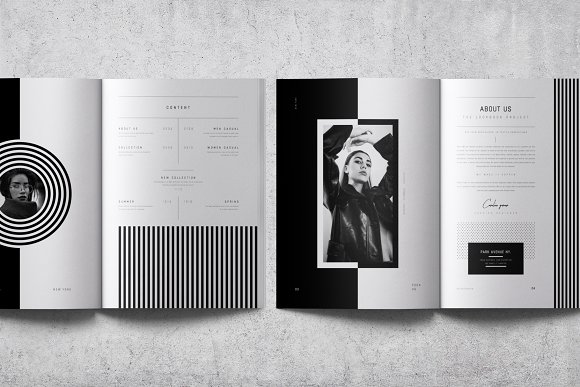
Daring and Exotic Photography Catalog Design Sample
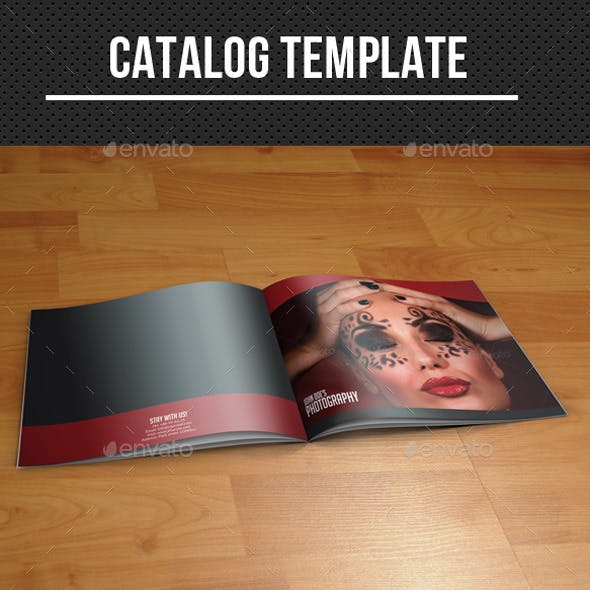
Modeling Photography Catalog Template
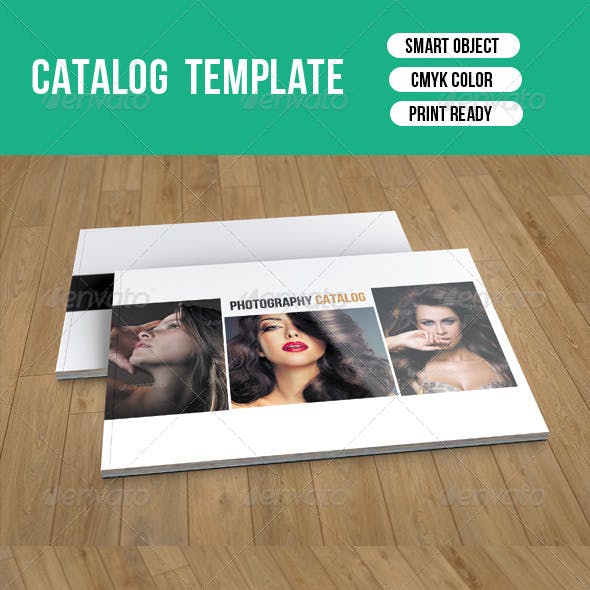
Online Photography
- Use of sets. Sets can be used for product category banner images and for some product images although this is less common than with catalogs.
- Use of lifestyle images. Lifestyle images can be used for product category banner images and for some product images although this is less common than with catalogs. You may also see product catalog examples.
- Resources. Online is mainly tabletop, platform, or mannequin photography. Resources required include a photographer and possibly a photographer assistant. If set and lifestyle images are used, you will require the same resources as with catalogs.
- Use of tabletop photography. Because online photography is primarily about the product, tabletop photography is used extensively.
- Camera gear. When you are taking close-up images of product features, specialized lenses may be required (such as macro lenses). Otherwise, standard lenses will do. You may also see sales catalogs.
- Lighting gear. Standard tabletop, platform, or mannequin lighting gear is required.
- Number of products per image. In most cases, products are photographed individually and not in groups.
- Average number of images per product. Online does not have the constraints of catalogs and therefore can have an unlimited number of images for each product. It is not uncommon to have five or more images for a product showing the features from various angles. You may also see real estate catalog examples.
- Viewer engagement. There are many technologies that allow the consumer to engage with the images. For example, 360 product viewer for rotating, panning, and zooming into the image or apps for zooming when a consumer hovers over the image.
- Image resolution. As the images are used on the web, the resolution does not need to be high. Standard FX or DX DSLR cameras will do the job. You may also see multipurpose catalog examples.
Wedding Photography Catalog Example

Fashion Photography Catalog

Shooting Your Own Photography Catalog
There are about a million products you can showcase in your catalog. From food, to fashion, to everyday products such as groceries or books. Photography is a platform meant for anything and everything at the same time. Whichever product you have chosen to shoot, here are some important tips to follow so that you can successfully transform your shots into professional-looking catalog photos. You may also see minimal brochures.
1. Lighting
The importance of good and flattering lighting in photography is common knowledge to everyone who has ever tried taking one picture, even with just their mobile phones. Now, since we’re talking about pictures that you’ll be posting for the public to see, needless to say, we need a much more professional look for our images. And nothing can make a picture look more amateur and unattractive than poor lighting. You may also see travel agency brochures.
Finding the right lighting will depend highly on what you are photographing. For example, organic food will look better with natural light so it’s best to shoot outside. If you are shooting beach-appropriate fashion attires, on the other hand, a sunny day would be perfect to help you create the right scene. You may also see t-shirt catalog examples.
2. Background
Choosing the proper background can be tricky. You want one that will highlight your product, and not one that can only distract your audience from it. Using a white or clear background, or using a wide aperture to get a greater depth of field will vastly improve your photos and really make your product stand out. You may also see advertising catalog examples.
3. Camera Equipment
In shooting pictures of your products, you might need a tripod to give you stability and to avoid any blur in catalog photography, especially if you need to shoot the products up close. For these cases, it’s recommended to use a special macro lens which is specifically designed for this purpose. It will let you get in much closer than normal lenses do. You may also see service brochure example.
4. Composition
To achieve the ideal composition, arrange your products in a position you think will get the attention of the audience best. Use the rules of the third principle: divide the image into nine equal squares, then add your product to one of the four points where the lines intersect. This will help you create a well-balanced shot and lets the viewer’s eye move naturally through the image. Most cameras have LCD screens that has a function that lets you divide up the image into these nine squares. You may also see multipurpose portfolio catalog examples.
5. Post-Processing
Aside from making sure the actual shoot goes well, there are other ways you can do to enhance the quality of your image. There are already many photo editing software that can help you improve the many elements in your photos by enriching the color, cropping the image, removing any imperfections from the photo, or adjusting the exposure. These editing software are also easy to use which is perfect for photography amateurs. You may also see landscape brochure examples.
Pictures speak a thousand words. However, in business, they translate to much more. You can reap results in the form of new customers, more clicks, and increased revenue. You may also see fashion catalog examples.


